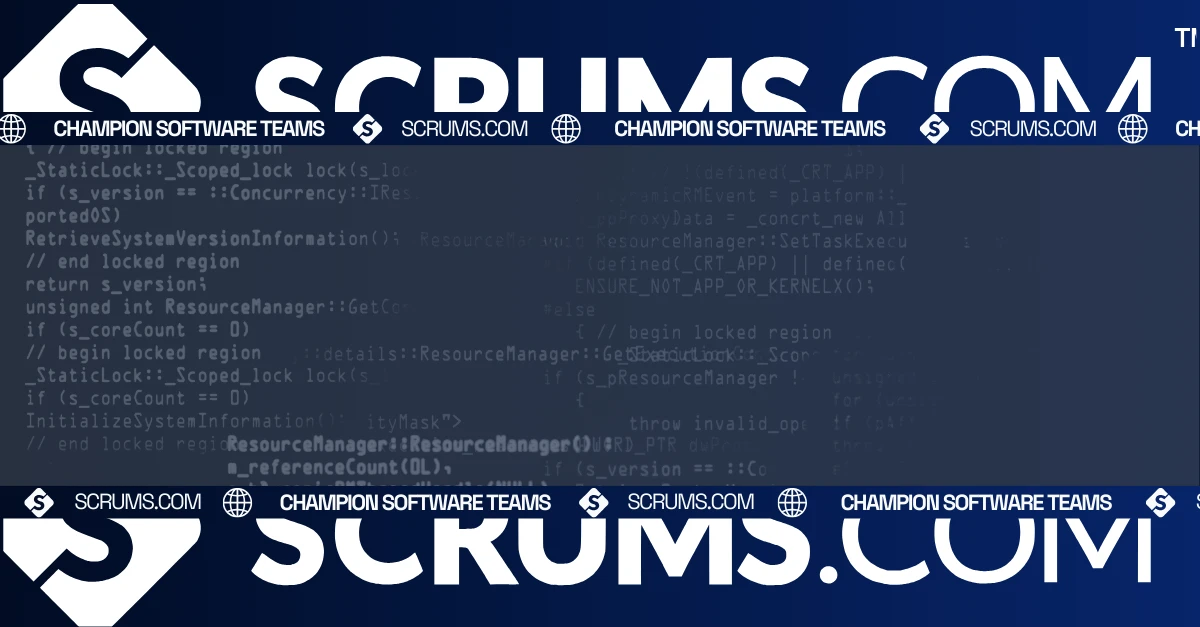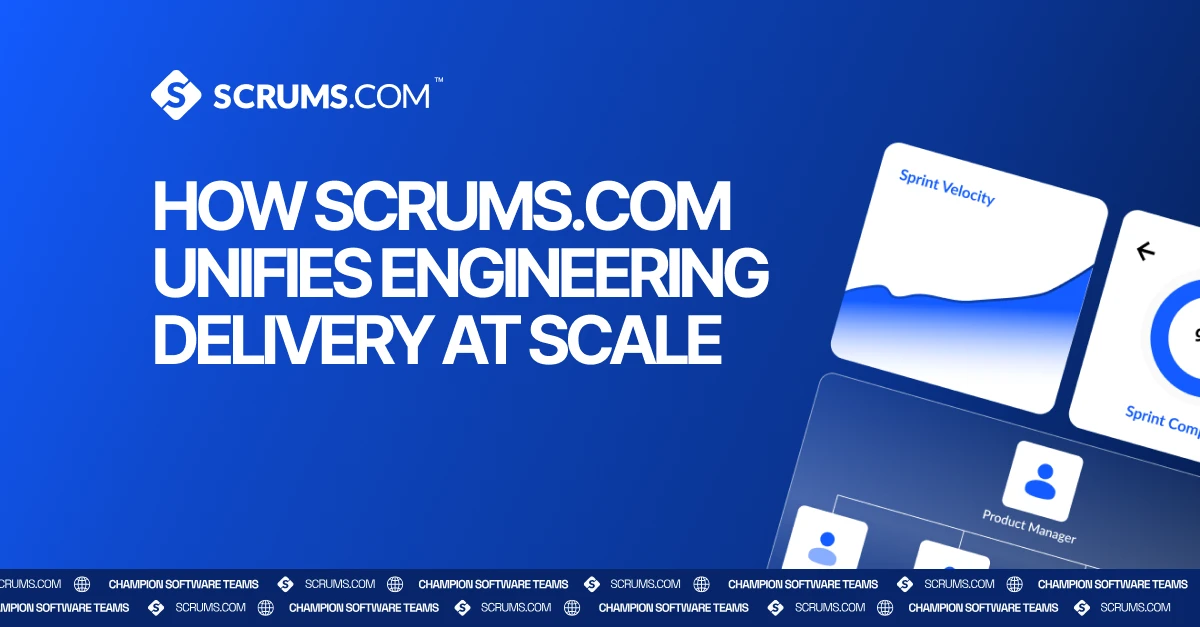DBeaver: Universal Database Tool
Introduction to DBeaver
DBeaver is a universal database management tool designed to support developers, database administrators, and businesses in efficiently managing a wide range of databases. It provides a user-friendly interface, powerful SQL capabilities, and advanced data visualization tools that simplify database management, development, and maintenance. DBeaver is essential for business owners, CTOs, and developers looking to enhance data-driven decision-making and streamline database workflows across various platforms.
What is DBeaver?
DBeaver, developed by DBeaver Corporation, is an open-source database management tool that supports more than 80 different databases, including MySQL, PostgreSQL, Oracle, SQL Server, SQLite, MariaDB, MongoDB, and more. Since its launch in 2010, DBeaver has become a popular choice for developers and database administrators due to its extensive features and cross-platform compatibility.
The primary problem DBeaver solves is the complexity of managing and querying multiple databases from different vendors. It provides a unified interface that allows users to connect, manage, and visualize data across various databases, making it particularly effective for organizations that work with diverse database environments, need advanced data analysis capabilities, or want to integrate database management into their DevOps workflows.
Core Features and Functionalities
DBeaver offers a comprehensive set of features designed to meet the needs of both business and development teams:
Cross-Platform Compatibility: Supports all major operating systems (Windows, macOS, Linux) and more than 80 database types, including SQL, NoSQL, and cloud databases.
Advanced SQL Editor: Provides a robust SQL editor with syntax highlighting, auto-completion, SQL formatting, and error detection, enhancing query writing efficiency.
Visual Query Builder: Allows users to build complex SQL queries visually without writing code, making it easier for non-technical users to analyze data.
Data Modeling and ER Diagrams: Enables users to create and manage entity-relationship (ER) diagrams to visualize and optimize database schemas.
Data Export and Import: Offers data export and import capabilities in various formats, including CSV, Excel, HTML, XML, and JSON, facilitating data integration and analysis.
Database Administration Tools: Provides tools for database maintenance, backup, and recovery, including performance monitoring and SQL execution plans.
Data Visualization and Reporting: Built-in tools for creating interactive charts, graphs, and dashboards, allowing users to visualize data insights effectively.
Secure Database Connections: Supports secure connections using SSL/TLS, SSH tunneling, and multi-factor authentication (MFA) to ensure data security.
Plugin and Extension Support: Offers a wide range of plugins and extensions to enhance functionality, including Git integration, NoSQL support, and cloud services.
These features provide significant business value by improving database management efficiency, reducing complexity, and enabling secure, data-driven decision-making.
Benefits for Businesses and Development Teams
For Businesses:
- Unified Database Management: DBeaver supports multiple database types from a single platform, reducing the need for multiple tools and simplifying workflows.
- Enhanced Security and Compliance: Provides secure connections, encryption, and access controls, ensuring that sensitive data is protected and compliant with regulations.
- Cost Efficiency: Being an open-source tool, DBeaver offers powerful database management capabilities without the need for costly licenses, making it a cost-effective choice for businesses.
- Improved Collaboration: The ability to create and share SQL scripts, data visualizations, and ER diagrams enhances team collaboration and decision-making processes.
- Accelerated Time to Market: Streamlined database management and development processes reduce the time needed to deploy applications, improving speed to market.
For Developers:
- Powerful SQL Development: The advanced SQL editor with autocomplete, syntax highlighting, and formatting tools speeds up query writing and debugging.
- Cross-Database Compatibility: Supports a wide range of databases, making it easier for developers to switch between different environments without changing tools.
- Visual Query Building: Non-technical team members can leverage the visual query builder to run complex queries without deep SQL knowledge, enhancing productivity.
- Integration with DevOps Tools: Seamless integration with CI/CD pipelines and version control tools like Git allows for automated database changes and streamlined workflows.
- Customizability and Flexibility: The plugin and extension support enables developers to customize DBeaver according to their needs, adding new functionalities as required.
Use Cases and Applications
DBeaver's versatility makes it ideal for various use cases across different industries:
Database Administration: A perfect tool for DBAs who need to manage multiple databases, optimize performance, and ensure data integrity and security.
Data Analysis and Reporting: Enables data analysts and business intelligence teams to run complex queries, visualize data, and create interactive reports.
DevOps and Continuous Integration: Supports integration with CI/CD tools, enabling automated database deployments and changes as part of DevOps workflows.
Industry-Specific Applications:
- Fintech: Manages secure and high-performance databases required for financial applications, ensuring compliance and data integrity.
- Healthcare: Supports the secure handling of sensitive patient data while complying with regulations like HIPAA.
- E-commerce: Manages high-volume transactional databases and supports real-time analytics for personalized customer experiences.
Integration Capabilities and Ecosystem
DBeaver is designed to integrate seamlessly with various development tools, platforms, and ecosystems.
- Popular Platforms: Integrates with cloud platforms like AWS, Microsoft Azure, and Google Cloud for flexible deployment and management.
- Development Tools: Compatible with DevOps tools like Jenkins, GitHub Actions, GitLab CI, and Docker for automated database management and deployments.
- API Availability: DBeaver provides REST APIs and scripting capabilities for automating database tasks and integrating with custom applications.
- Extensions and Plugins: Supports a wide range of plugins and extensions for enhanced functionalities, such as advanced monitoring, security, and data analysis.
Comparison with Alternatives
DBeaver is often compared with other database management tools like Navicat, SQLyog, and MySQL Workbench. Here’s a brief comparison:
- Pros: Open-source, multi-platform support, robust feature set, extensive plugin ecosystem, and strong community support.
- Cons: The free community edition lacks some advanced features available in the enterprise edition.
- Cost Considerations: DBeaver offers a free community edition and a paid enterprise edition, providing flexible pricing options for different needs.
- When to Choose DBeaver: Choose DBeaver if you need a versatile, cross-platform, and cost-effective solution for managing multiple databases with robust SQL development, data analysis, and DevOps integration features.
Getting Started with DBeaver
Here’s a step-by-step guide for business decision-makers and developers to get started with DBeaver:
- Download and Install DBeaver: Visit the DBeaver website to download the community or enterprise edition for your operating system and install it.
- Connect to Databases: Use DBeaver to connect to different types of databases, whether on-premises or cloud-based, using secure authentication methods.
- Explore SQL Editor and Data Modeling Tools: Familiarize yourself with the SQL editor, visual query builder, and data modeling tools to manage databases and write efficient queries.
- Set Up Data Migration and Synchronization: Use DBeaver’s data migration and synchronization features to ensure consistency across databases.
- Automate tasks with CLI and API: Utilize the command-line interface (CLI) and API to automate routine tasks and enhance productivity.
- Integrate with DevOps Workflows: Connect DBeaver with CI/CD tools like Jenkins, GitHub Actions, or Azure DevOps for automated database deployment and management.
Refer to DBeaver Documentation for tutorials, webinars, and comprehensive guides.
Related Tools and Resources
- DBeaver vs. MySQL Workbench: Compare the features, pricing, and benefits of DBeaver and MySQL Workbench.
- DBeaver Documentation: DBeaver Documentation for comprehensive guides and tutorials.
Explore Related Software Development Tools
FAQs
We've got you covered, these are some common questions we receive. Not seeing the answer to something?...
Yes, DBeaver offers a free Community Edition with robust features. There is also an Enterprise Edition with additional advanced features available for a fee.
Yes, DBeaver supports cloud databases such as Amazon RDS, Azure SQL, and Google Cloud SQL, along with on-premises databases.
DBeaver provides secure connections using SSL/TLS, SSH tunneling, and multi-factor authentication (MFA) to ensure data privacy and security.
Yes, DBeaver integrates with CI/CD tools like Jenkins, GitHub Actions, and GitLab, enabling automated database management within DevOps workflows.
Yes, DBeaver allows teams to create, share, and collaborate on SQL scripts, ER diagrams, and data visualizations, enhancing productivity.
DBeaver simplifies database management, enhances productivity, and integrates with DevOps tools, making it ideal for software development.
Explore Software Development Blogs
The most recent trends and insights to expand your software development knowledge.






